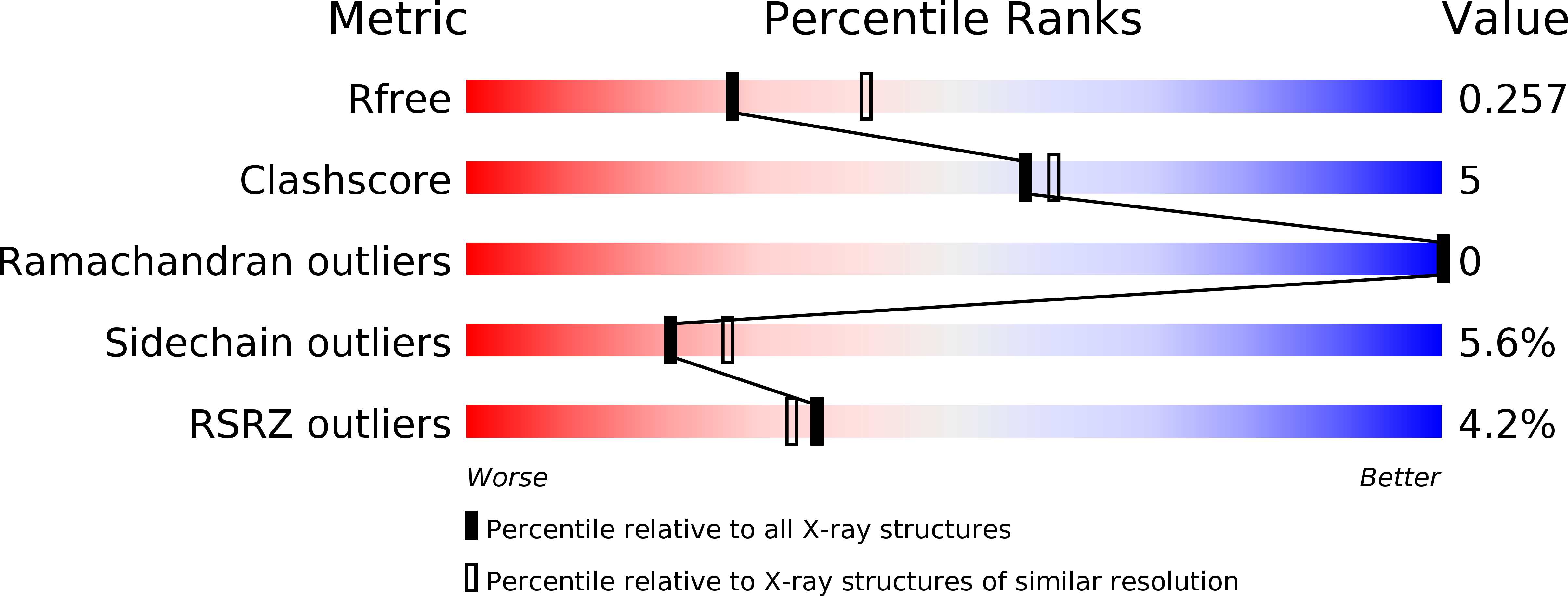
Deposition Date
2015-12-14
Release Date
2016-10-12
Last Version Date
2024-03-20
Entry Detail
PDB ID:
5FB3
Keywords:
Title:
Structure of glycerophosphate dehydrogenase in complex with NADPH
Biological Source:
Source Organism:
Pyrobaculum calidifontis JCM 11548 (Taxon ID: 410359)
Host Organism:
Method Details:
Experimental Method:
Resolution:
2.45 Å
R-Value Free:
0.25
R-Value Work:
0.20
R-Value Observed:
0.20
Space Group:
P 21 21 21


